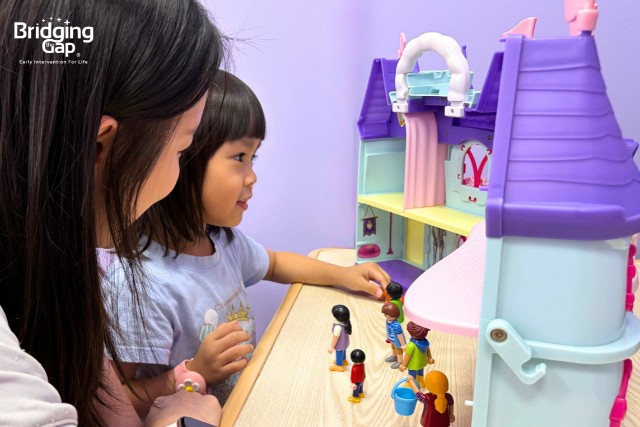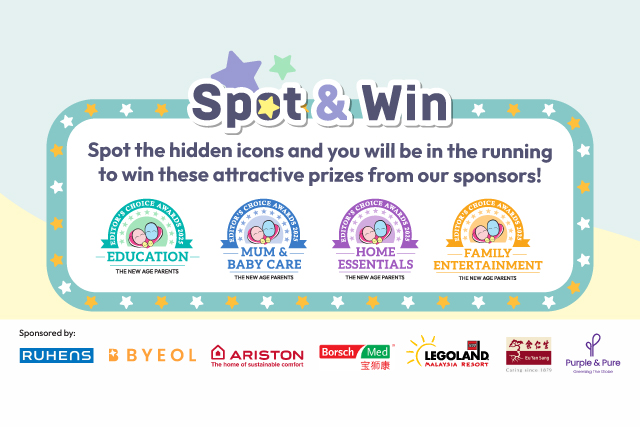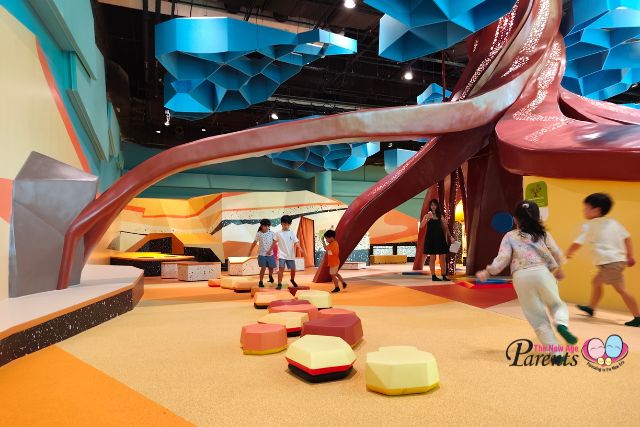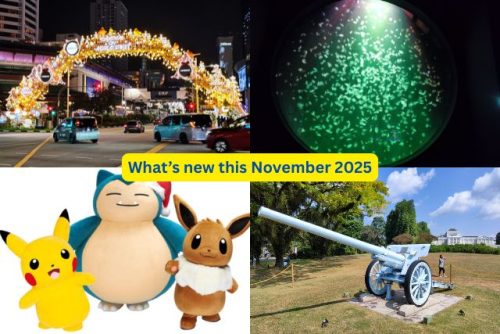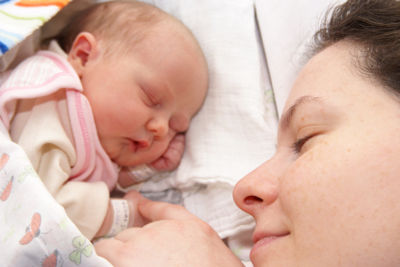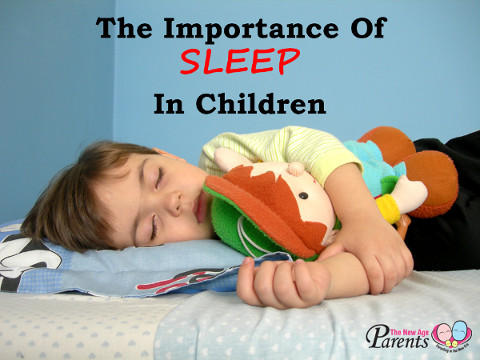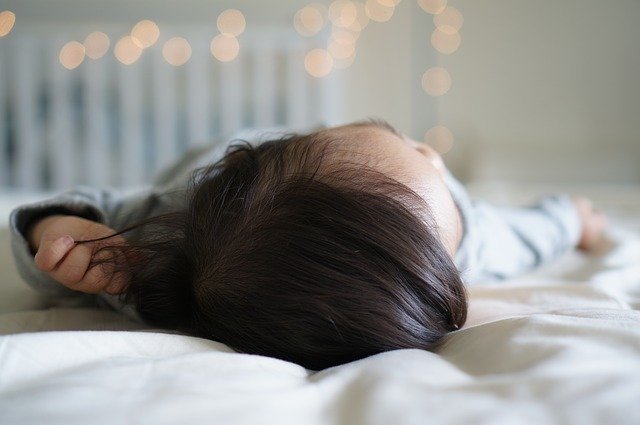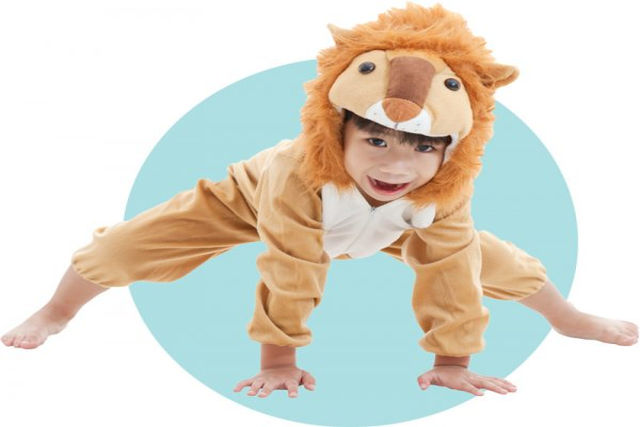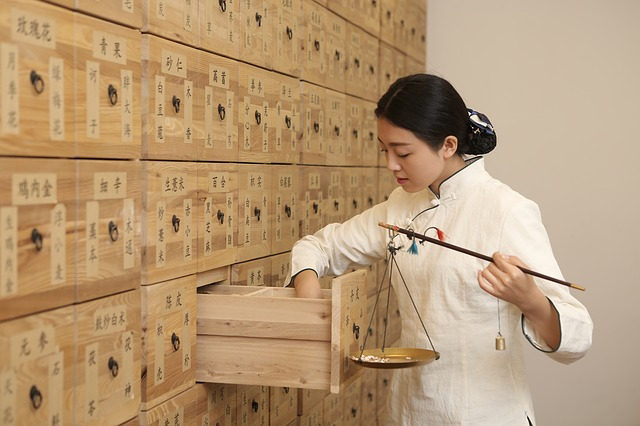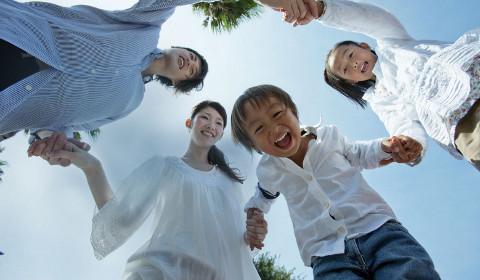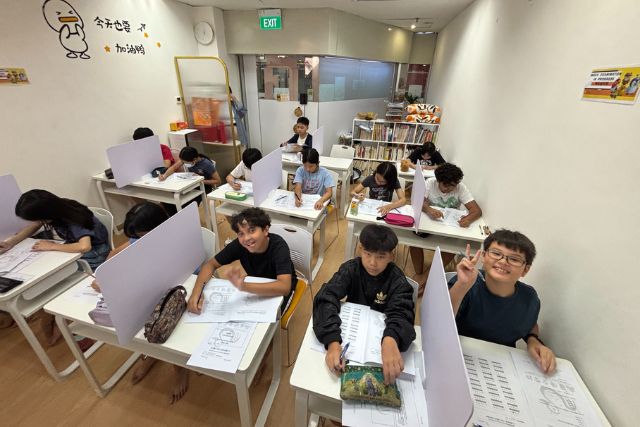What is Snoring?
Snoring is the sound caused by vibration of soft tissues of the airway as a result of turbulent airflow due to increased airway resistance or obstruction.
How common is snoring in children?
Approximately 30% of children snore, 10% have habitual snoring and 1 to 3% have sleep apnoea.
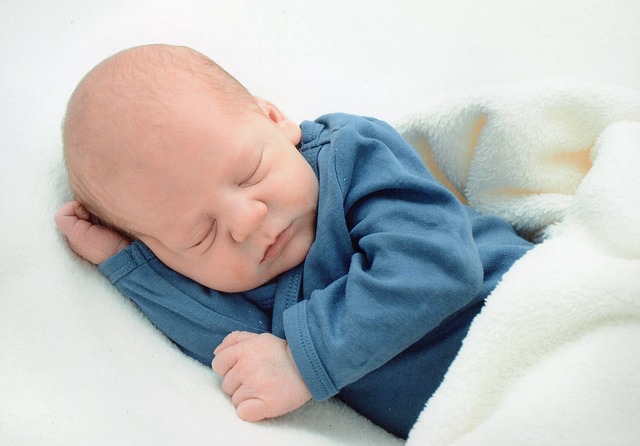
Who snores?
Children with a family history of snoring, narrow airway structure, male gender, obesity, asthma, pharyngeal problems e.g. tonsillar hypertrophy, recurrent URTI, nasal obstruction and allergies are at risk of snoring.
Muscle relaxants and smoking (active or passive) increase the incidence of snoring. Snoring is also a cardinal symptom of sleep apnoea.
Why do we need to worry about children who snore?
About one in five of habitual snorers may have undiagnosed sleep apnoea.. This prevalence increases in high risk patients e.g. obese patients. Untreated sleep apnoea may result in developmental delay, impaired learning and memory, cognitive dysfunction, persistent bedwetting, behavioural and mood problems, impairment of growth, metabolic disease, hypertension and heart failure. Some of these consequences may not be completely reversible.
What is sleep apnoea?
Sleep apnoea is a condition whereby there is intermittent obstruction or prolonged partial obstruction of the airway resulting in disruption of gas exchange and thus reduced oxygen or raised carbon dioxide in the blood.
How do we know if a snoring child has sleep apnoea?
Night time symptoms suggestive of sleep apnoea include habitual snoring often associated with snorting, gasping or choking in sleep, witnessed apnoeas, mouth breathing and restless sleep. Excessive daytime sleepiness, morning headaches, behaviour or mood disturbances may also be present. Children with habitual snoring and symptoms or consequences suggestive of sleep apnoea should be evaluated by a paediatrician with experience in treatment of sleep disorders. An overnight sleep study is usually required to confirm the diagnosis of sleep apnoea.
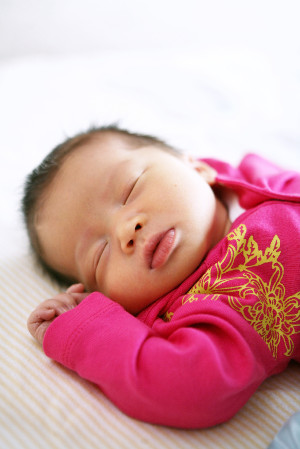
What is the natural history of primary snoring?
In most children, primary snoring does not progress to sleep apnoea over the course of several years. About half may have a resolution of the snoring. Consequences suffered as a result of untreated sleep apnea may persist even with the resolution of disease over time. Children with persistent or progressive snoring with symptoms suggestive of or children previously treated for sleep apnoea with persistence or recurrence of symptoms should be re-evaluated for presence of sleep apnoea.
Is there any treatment for snoring or sleep apnoea?
Adequate total sleep time appropriate for age, avoidance of smoking, optimal treatment of asthma, allergic rhinitis and nasal obstruction if present and reduction in obesity help to reduce snoring. Tonsillectomy +/- adenoidectomy and or nasal CPAP is the mainstay of therapy for sleep apnoea in children. Alternative surgical treatments, dental medical treatment may be indicated in selected cases.
 Contributed by Dr Jenny Tang
Contributed by Dr Jenny Tang
Paediatrician (Special Interest in Paediatric Asthma, Lung, Sleep & Allergy)
SBCC Baby & Child Clinic
Asthma, Lung, Sleep and Allergy Centre
6 Napier Road
#07-05 Gleneagles Medical Centre
Singapore 258499
Tel: 6475 0820
This article was published in The New Age Parents online magazine.
If you find this article useful, do click Like and Share at the bottom of the post, thank you.
Like what you see here? Get parenting tips and stories straight to your inbox! Join our mailing list here













